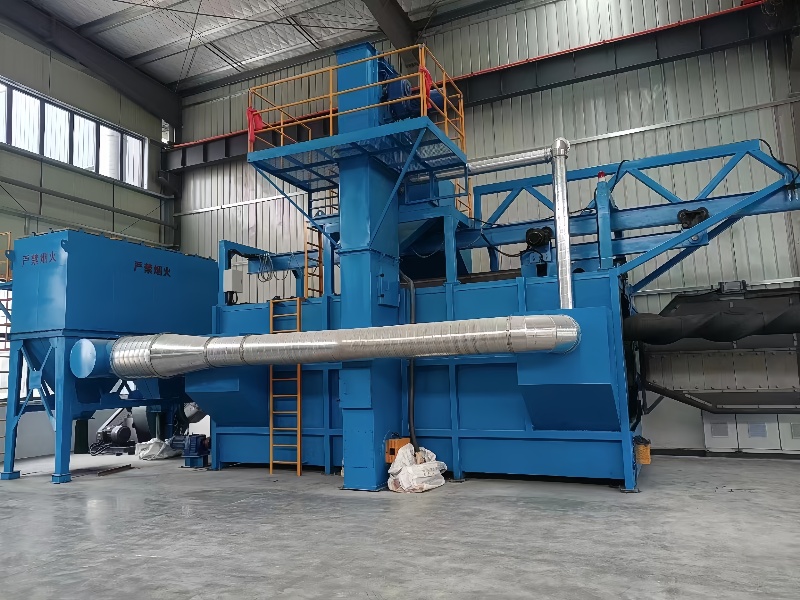

MIZHI
TECHNOLOGY
Hotline
+86-136-8495-9862

Definition and Purpose
Shot blasting machines use high-speed projectiles (such as steel shot, grit, or other abrasives) to impact the surface of a workpiece.
The primary purposes of shot blasting include:
1.Surface Cleaning: Removing rust, scale, paint, and other contaminants.
2.Surface Preparation: Creating a uniform surface profile for coating, painting, or plating.
3.Stress Relief: Improving the mechanical properties of metal components through shot peening.
4.Deburring and Finishing: Smoothing edges and removing burrs.
Applications
1.Automotive: Cleaning and preparing engine parts, chassis components, and wheels.
2.Aerospace: Surface treatment of aircraft components.
3.Steel and Metal Fabrication: Removing rust and scale from steel plates, beams, and profiles.
4.Foundries: Cleaning castings and removing sand residues.
5.Shipbuilding: Surface preparation for large steel structures.
6.Construction: Cleaning and preparing metal beams and structural components.



(1) Working principle
The working principle of shot blasting According to the characteristics of disc round material, the machine is equipped with 5 high-efficiency shot blasting devices, and installed on the side of the shot blasting chamber, and the shot blasting speed of 60-90 m/s to clean the disc round material. The screw horizontal conveying system, high strength belt elevator, pellet separation system, two-stage purification and dust removal system (inertia + filter cartridge), automatic + manual man-machine interface electronic control system, so that the wire to meet the requirements of efficient shot blasting cleaning.
(2) Steel shot cycle sequence:
Pellet storage → Flow control → Shot blasting cleaning
↑ ↓
Steel shot Separator ← Bucket elevator vertical lifting ← Bottom screw conveying
(3) Dust treatment sequence:
Blast chamber/separator dust → butterfly valve air volume control → inertia settling chamber → cartridge dust collector → Discharge into the atmosphere